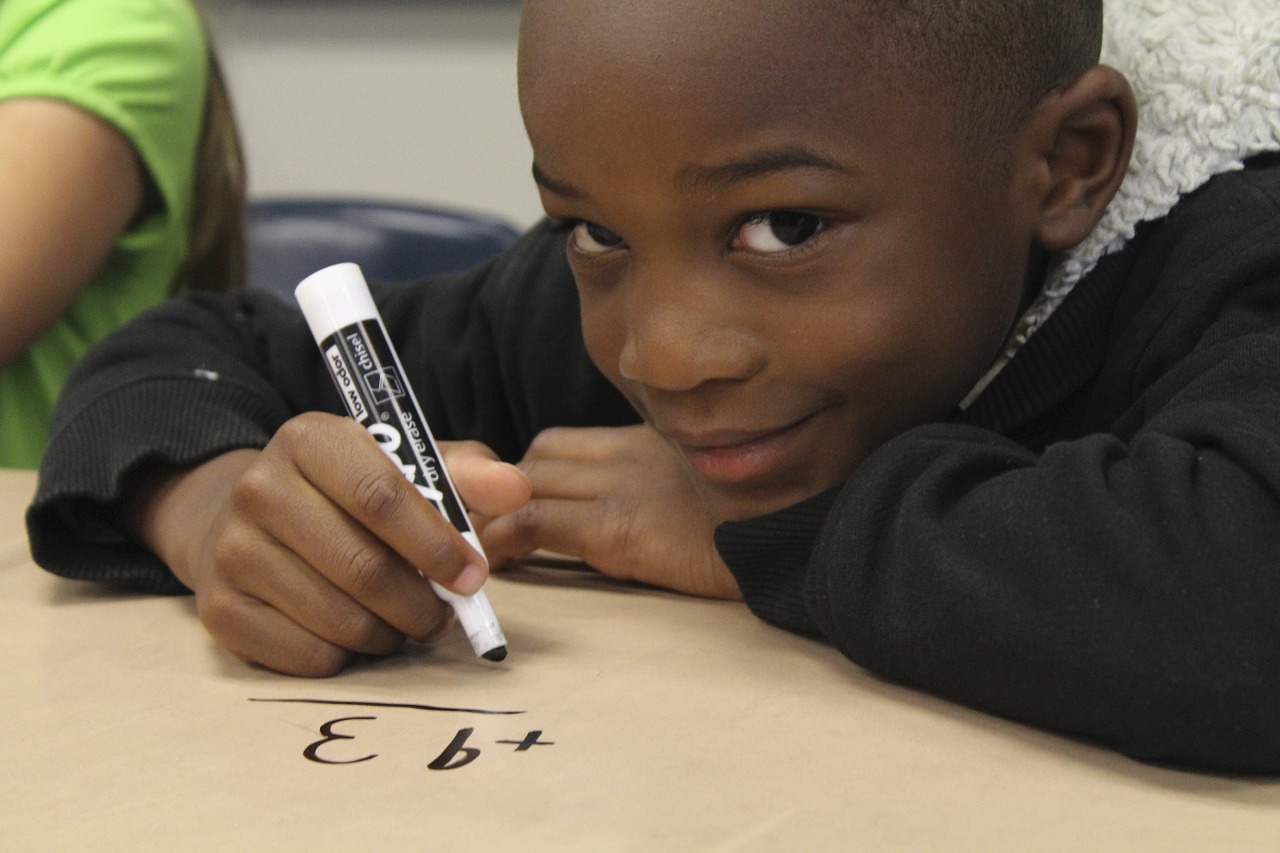1. Encourage play and social interaction
Children learn through play, and that includes learning language. Interactive play provides enjoyable opportunities for you and your child to communicate. Try a variety of games to find those your child enjoys. Also try playful activities that promote social interaction. Examples include singing, reciting nursery rhymes and gentle roughhousing. During your interactions, position yourself in front of your child and close to eye level, so it’s easier for your child to see and hear you.
2. Imitate your child
Mimicking your child’s sounds and play behavior will encourage more vocalizing and interaction. It also encourages your child to copy you and take turns. Make sure you imitate how your child is playing, so long as it’s a positive behavior. For example, when your child rolls a car, you roll a car. If he or she crashes the car, you crash yours too. But don’t imitate throwing the car!
3. Focus on nonverbal communication
Gestures and eye contact can build a foundation for language. Encourage your child by modeling and responding to these behaviors. Exaggerate your gestures. Use both your body and your voice when communicating, for example, by extending our hand to point when you say ‘look’ and nodding your head when you say ‘yes’. Use gestures that are easy for our child to imitate. Examples include clapping, opening hands, reaching out arms, etc. Respond to your child’s gestures. When she looks at or point to a toy, hand it to her or take the cue for you to play with it. Similarly point to a toy you want before picking it up.
4. Leave space for your child to talk
It is natural to feel the urge to fill in language when a child does not immediately respond. But it is so important to give your child lots of opportunities to communicate, even if he is not talking. When you ask a question or see that your child wants something, pause for several seconds while looking at him expectantly. Watch for any sound or body movement and respond promptly. The promptness of your response helps your child feel the power of communication.
5. Simplify your language
Doing so helps your child follow what you are saying. It also makes it easier for her to imitate your speech. If your child is nonverbal, try speaking mostly in single words. (If she is playing with a ball, you say ‘ball’ or ‘roll’.) If your child is speaking single words, up the ante. Speak in short phrases, such as ‘roll ball’ or ‘throw ball. Keep following this one-up rule: Generally use phrases with one more word than your child is using.
6. Follow your child’s interests
Rather than interrupting your child’s focus, follow along with words. Using the one-up rule, narrate what your child is doing. If he’s playing with a shape sorter, you might say the word ‘in’ when he puts a shape its slot. You might say ‘shape’ when he holds up the shape and ‘dump shapes’ when he dumps them out to start over. By talking about what engages your child, you’ll help him learn the associated vocabulary.
7. Consider assistive devices and visual supports
Assistive technologies and visual supports can do more than the place of speech. They can foster its development. Examples include devices and apps with pictures that your child touches to produce words. On a simpler level, visual supports can include pictures and groups of pictures that your child can use to indicate requests and thoughts. Your child’s therapists are uniquely qualified to help you select and use these and other strategies for encouraging language development. Tell the therapist about your successes as well as any difficulties you are having. By working with your child’s intervention team, you can help provide the support your child needs to find his or her unique ‘voice’





